Authors: Gill Morisse, Marc-Olivier Bévierre, Karl Neuberger, Jean-Baptiste Boyssou, Cyril Crawford, Sammy Hammideche
Reading time: 8 minutes
Digitization, along with technological development, has been unlocking untapped potential in various fields, including healthcare. Connected Medical Devices (MD), embedded in Artificial Intelligence (AI) or not, are the most prominent example of this revolution. What opportunities can we expect from devices announced as the new technological wave in medicine? Time to dive in.
No longer confined solely to R&D, connected medical devices are increasingly used in routine patient care.
These devices, based on microelectronics and computer science, are of key interest for healthcare stakeholders. Their complexity, which has kept them exclusively in R&D for a long time, can now benefit a broader audience. Approval from Drug Regulation Administrations, such as the FDA or the EMA, has proven to be feasible and some connected devices are now eligible for reimbursement. Connected medical devices are a booming opportunity, technically and economically.
Connected MD can act in different ways, either through automation, such as automatic data gathering, or with the patient’s involvement, such as an app requiring daily updates from key physiological indicators. These two approaches are fundamentally different, since the patient can bring in bias, positive because of its implication in the healthcare pathway, but also negative if compliance levels are not satisfactory.
From a technical perspective, the difference between observational connected MD (gathering data and providing insights) and interventional ones (effectively acting in the treatment process) is also key. The first category relies on healthcare professionals to interpret data and act consequently, while the second one executes automated medical acts, actively engaging the manufacturer’s responsibility.
All major actors in the healthcare value chain can benefit from these breakthroughs: the patients, the medical staff, and more globally the healthcare system as a whole. All along the patient pathway, connected medical devices can bring additional value to these key actors. In this article, we will focus on four different levels: prevention, diagnostic, treatment and eventually monitoring. In the end, benefits for the healthcare system as a whole will be considered.
Patient pathway illustration:
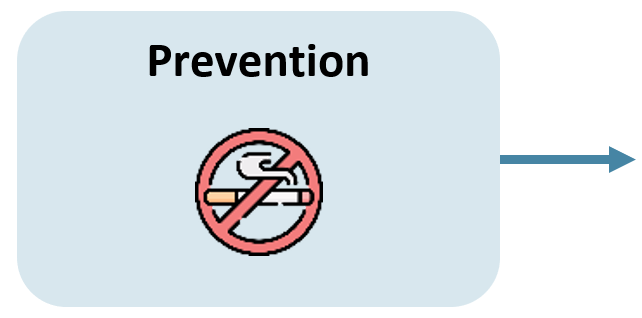
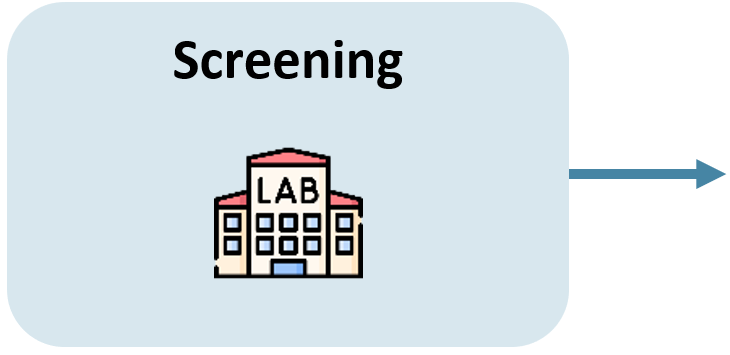
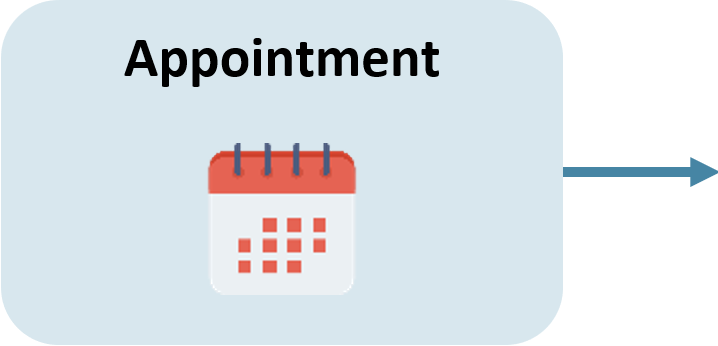
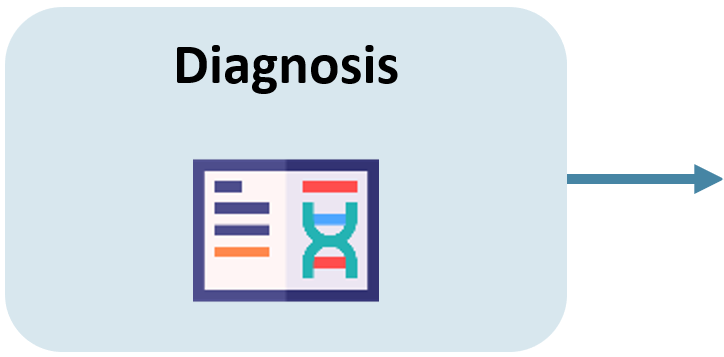
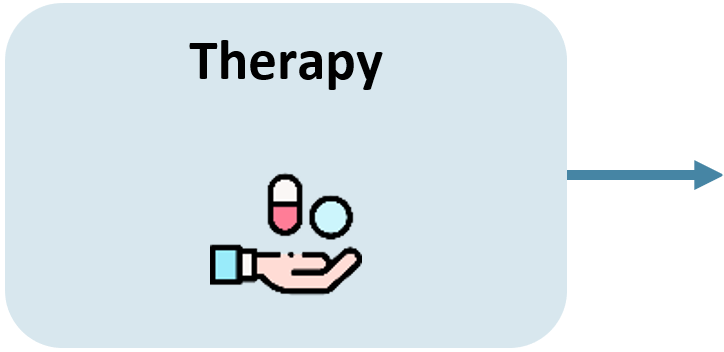
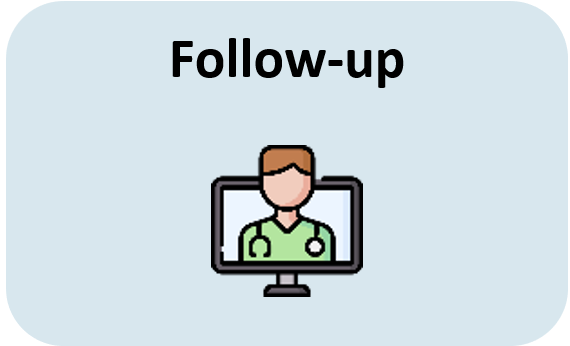
- Prevention and screening: Connected MD are powerful assistants to actively search for diseases
Benefiting from the strong advantage of being 24/7 watchers, connected MD can actively monitor lifestyle, which might be the main cause of many pathologies, while being the most complex steps to watch for. Dreem, a connected AI-integrated headband that the patient wears on his head before sleeping, provides an accurate and unbiased analysis of sleep patterns, providing personalized advice to improve the user’s sleep. This FDA-cleared head-worn device, which competitor UrgoNight emphasizes the same features is first of its kind in terms of sleep complexity analysis outside of specialized clinics. Sleep being one of the most important aspects of our lifestyle in terms of impact on health, nutrition is also a key target for connected MDs.
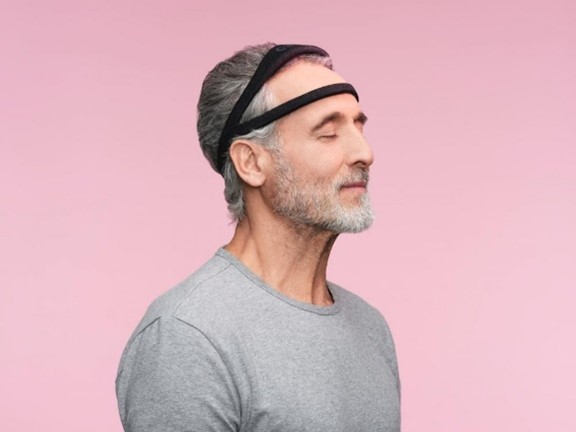
![]()
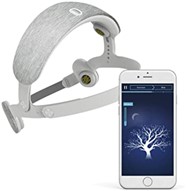
![]()
Some medical fields are prone to benefit fundamentally from connected MD, as early detection can be key in addressing benign or at least discrete pathologies at first, such as anxiety or depression. More complex psychological burdens, Parkinson, or Alzheimer’s diseases can also benefit from a tight detection thanks to data gathering. Linus Health collects large amounts of digital information voluntarily provided by the patient (voice, speech, gait, cognition, eye movement) that can affect brain health and lead to the identification of digital biomarkers. Machine learning methods to assess the impact of potential interventions to promote brain health can be crucial in medical fields that involve cumbersome interventions that are more prone to unnecessary medical procedures.
AI offers great potential, particularly for earlier diagnosis of pathologies and more patient-friendly management
Predicting diseases, based on health records and real-life datasets, is indeed a strong emphasis for connected MD action. These tools can be effective both in homecare and in a clinical environment. To that extent, AiCure, which belongs to the same category, is a software that captures and understands video, audio and behavioural data to establish the link between patients, disease and treatment, allowing for a faster, more efficient and time-saving diagnosis prediction tool. This information transmitted spontaneously by the patient on the AiCure platform, often collected via chat (e.g. results of medical examinations, dosage monitoring) or by video (e.g. a patient filming the taking of his or her medication to demonstrate good compliance) will be used to understand the context of care and to better assess the questions that may have an impact on the conduct of the studies.
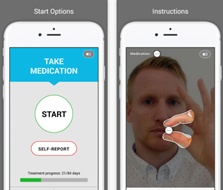
![]()
In our next article, we will review the benefits that connected MDs can also bring to the later stages of the patient pathway (diagnosis, treatment and follow-up).
Features of products discussed in this article:
| Agency approval1 | Action mode2 | Patient Involvement3 | ||||
| FDA | EMA | Interventional | Observational | Patient activated | Automated | |
| Dreem | ✔ | ✔ | ✔ | |||
| UrgoNight | ✔ | ✔ | ||||
| Linus Health | ✔ | ✔ | ✔ | |||
| AiCure | ✔ | ✔ | ✔ | |||
- FDA: Food & Drug Administration; EMA: European Medicines Agency
- Interventional: effective action in the treatment; Observational: data collection process and information provision
- Patient activated: requires a proactive approach from the patient; Automated: automatic and continuous operation
This article is published in the framework of a collaboration between CEPTON and Quantmetry. A series of articles will be published in the coming months to illustrate the challenges of transforming the practice of medicine. The ambition of this collaboration is to involve the players in this transformation: healthcare professionals, scientists, industry, regulatory institutions and, of course, patient associations.
Find our previous articles on the subject:
14/01/2021: connected medical devices embedded in AI; tomorrow, the wave
